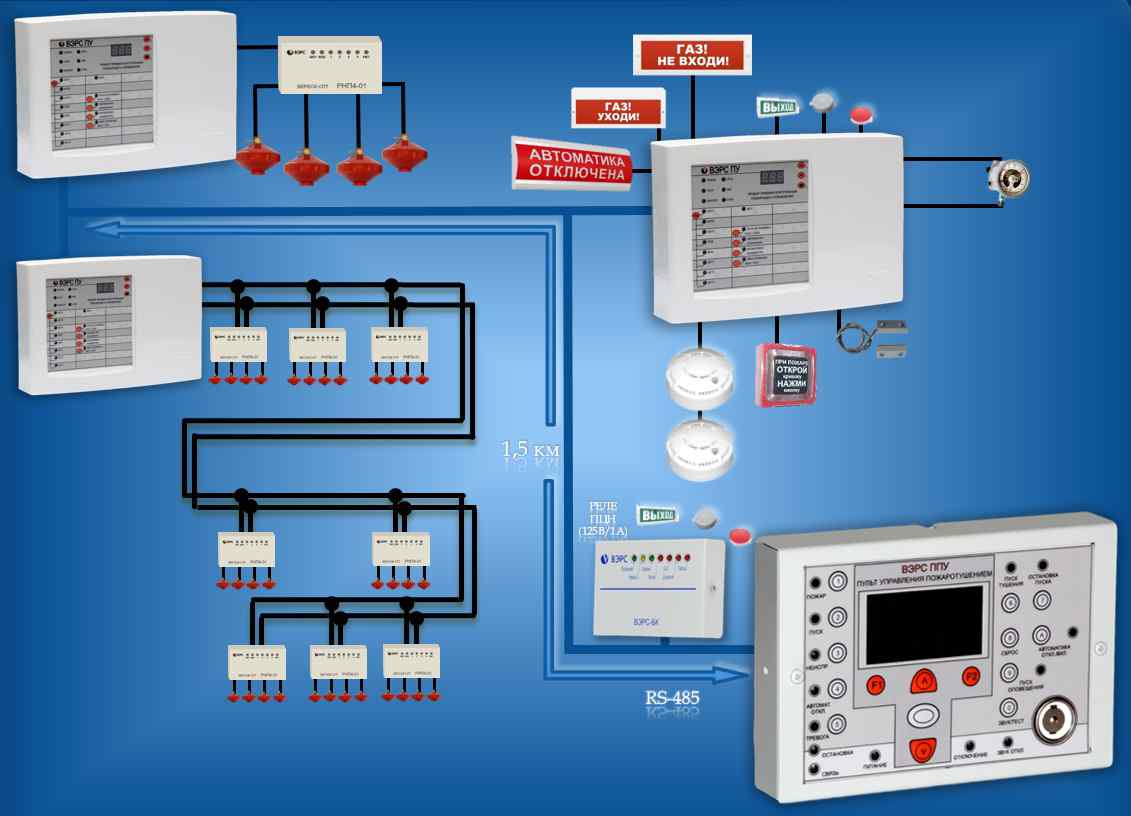Installation of a low-current fire system

Installation of a low—current fire system is a key aspect of ensuring safety in buildings. Such systems include various components that help detect and extinguish fires in the early stages. For the installation to be successful, it is important to follow certain steps and take into account several important details.
Planning and selection of equipment
The first step in installing a low—current fire system is planning. Determine which components you need to provide reliable protection. Usually, such a system includes smoke and heat detectors, warning systems, as well as automatic fire extinguishing elements. Plan where the sensors and alarms will be located to ensure maximum coverage of the area. At the same time, it is important to take into account the architectural features of the building and possible risk areas.
After planning, proceed to the selection of equipment. It is important to choose high-quality and certified components that comply with safety standards and requirements. For an alarm system, select devices that can effectively signal a fire, whether it’s sound sirens or light beacons. Smoke and heat sensors must be reliable and have a good response to changes in the environment. Make sure that all components are compatible and suitable for your operating conditions.
Installing components and laying cables
Before starting the installation, prepare all the necessary tools and materials. You will need cables, mounting brackets, drilling and mounting tools, and possibly software to configure the system. Read the installation instructions for each component to avoid errors and ensure proper connection.
Installation of smoke and heat detectors is carried out in places where they can effectively perform their functions. Detectors are usually installed on ceilings or high walls, away from sources of steam and moisture that can affect their operation. Distribute the sensors so that they cover all rooms, including corridors and stairwells. Make sure that the detectors are securely attached and connected to the alarm system.
The installation of an alarm system includes the placement of sound and light alarms in such places that they can be heard and seen from anywhere in the building. These devices must be positioned at a height that ensures their maximum efficiency. Connect the alarms to the main system so that they are triggered simultaneously with the detectors.
When laying cables, it is important to take into account their protection from mechanical damage and external factors. Cables must be laid in such a way that they do not interfere with movement and are not at risk of damage. Use cables that are suitable for transmitting signals and power, and make sure they are securely connected.
System setup and maintenance
After the installation is complete, configure the system. Make sure that all detectors and alarms are properly connected and configured. Check the operation of the system in different modes to make sure that it reacts to changes in the environment and correctly notifies of a possible fire.
Regular maintenance of the system is also an important part of its operation. Carry out periodic checks and tests to ensure that it works reliably. Clean the detectors from dust and dirt, update the software and monitor the condition of cables and connections. Regular maintenance will help to keep the system in working order and ensure its effectiveness if necessary.
Installation of a low—current fire system is an important step in ensuring the safety of your building. Following the described steps and recommendations, you will be able to create a reliable system that will protect your property and ensure peace of mind.